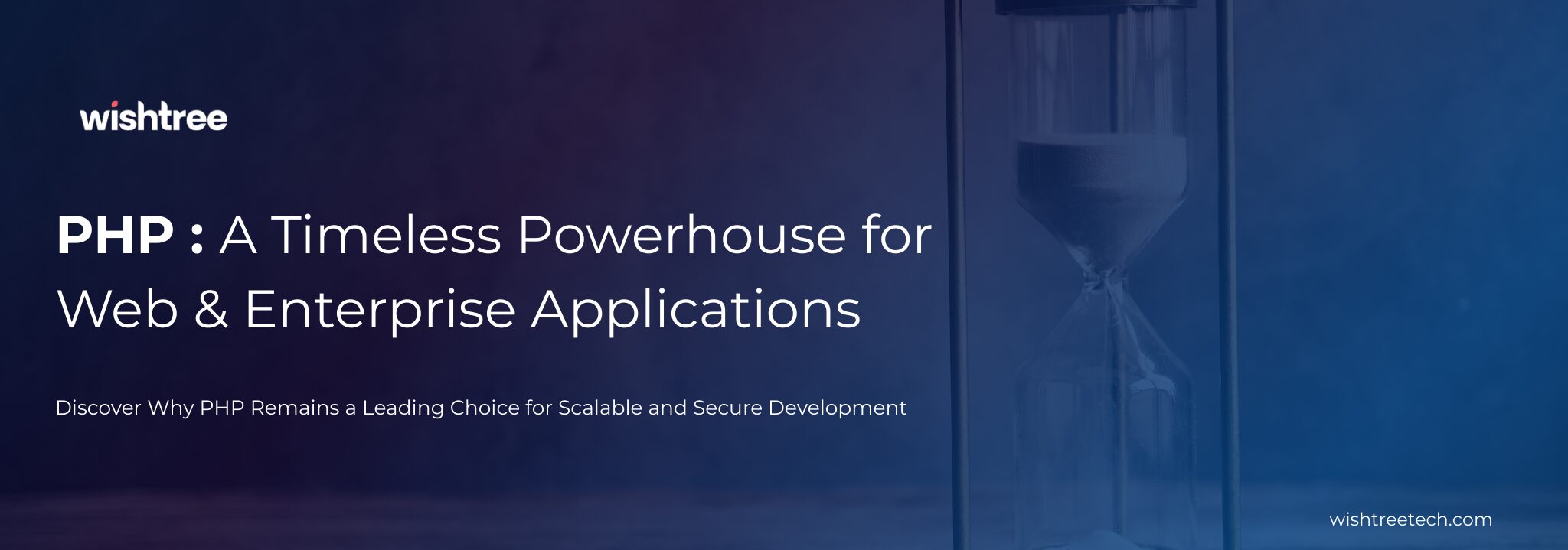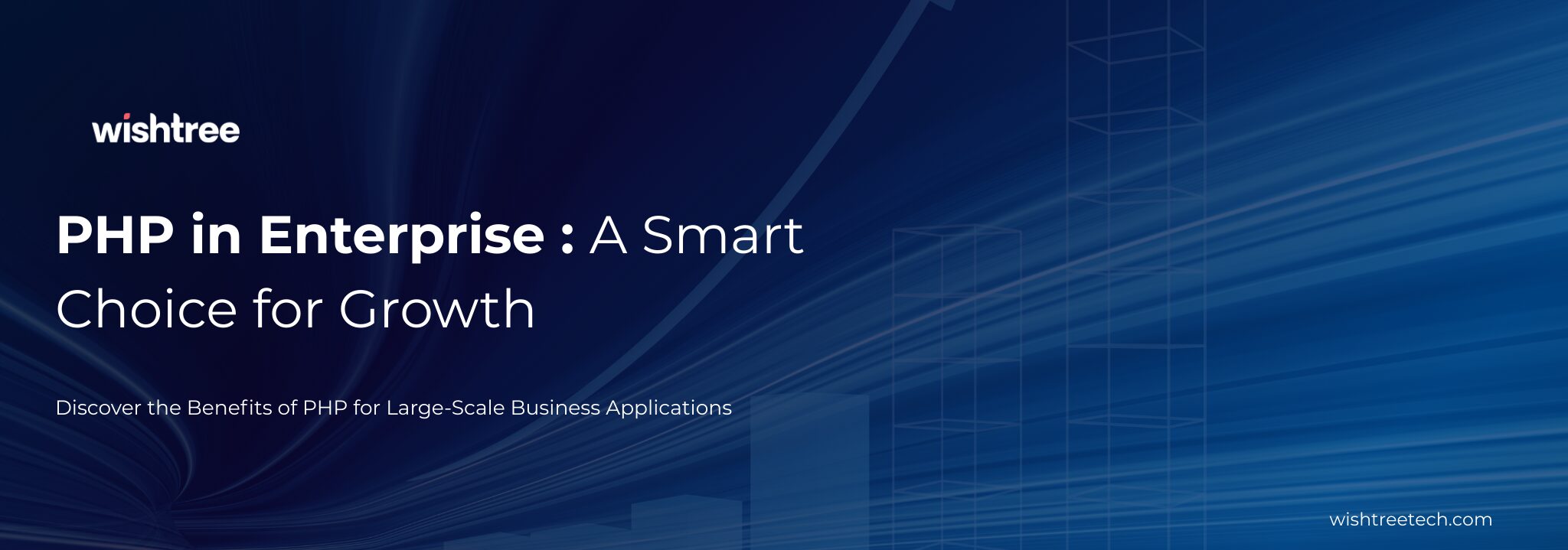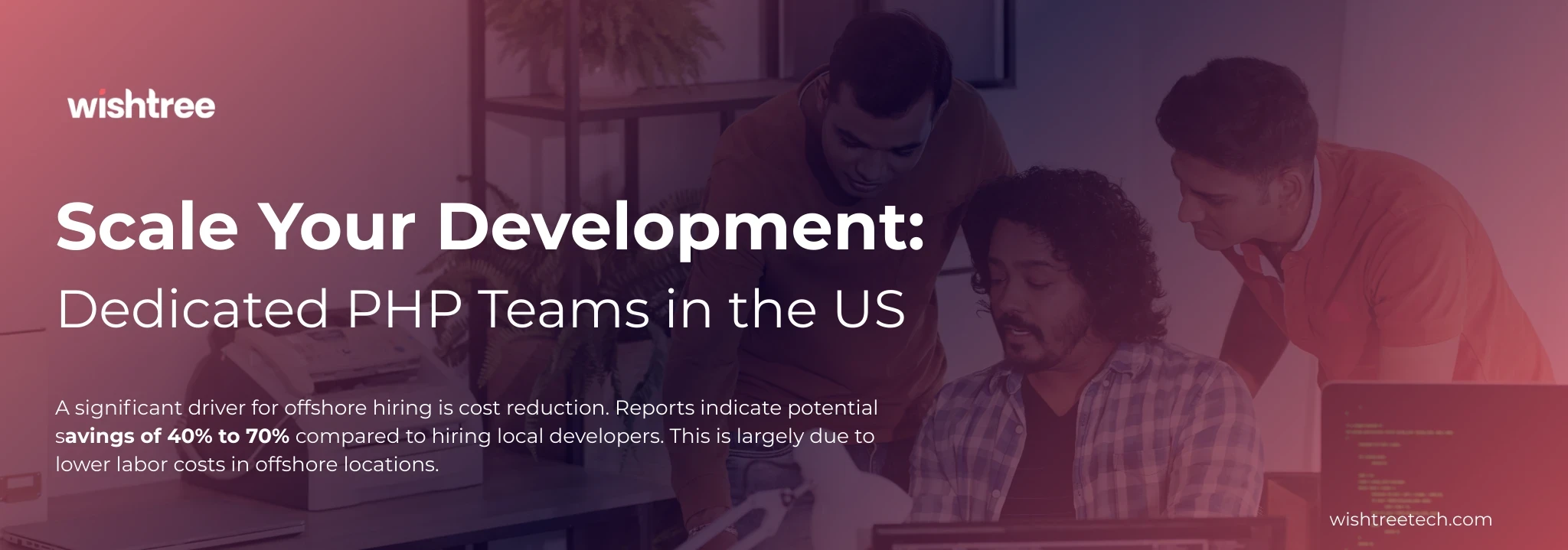Table of Contents
Creating a successful digital product is akin to embarking on a perilous yet rewarding expedition. The journey is fraught with challenges that can derail even the most promising ventures – won’t you agree?
From unraveling the intricate tapestry of the needs of your audience to navigating the treacherous terrain of technological advancements, the path to digital product success is anything but straightforward.
Overcoming Product Development Challenges: A Wishtree Approach
A well-defined core problem is the cornerstone of a successful digital product. It ensures that your digital product meets a genuine market need and avoids building a solution for a problem that doesn’t exist.
Key Questions to Ask Yourself:
- What is the single most important problem your product solves?
- How does your product address this problem in a unique way?
- What are the consequences of not solving this problem?
An MVP, or Minimum Viable Product, is a version of a digital product with just enough features to attract early adopters and validate your product concept. It’s a lean startup approach that allows you to test your assumptions, gather feedback, and iterate quickly before investing heavily in development.
- Reduced Risk: When you launch an MVP, you can test the market viability of your digital product before investing significant resources.
- Faster Time to Market: An MVP allows you to get your product to market more quickly, enabling you to start generating revenue sooner.
- Iterative Development: An MVP provides a foundation for continuous improvement and iteration based on user feedback.
- Resource Efficiency: When you get to focus only on the most essential features of your digital product, you can optimize resource allocation and avoid unnecessary costs.
Develop an MVP with Wishtree
- Identify Core Features: Determine the minimum set of features that are necessary to validate your product concept.
- Prioritize Features: Rank the features based on their importance and impact on the user experience.
- Build the MVP: Develop the MVP with a focus on simplicity and functionality.
- Launch and Gather Feedback: Launch the MVP to a limited audience and gather feedback on its features, usability, and market fit.
- Iterate and Improve: Use the feedback to identify areas for improvement and iterate on the MVP.
Wishtree Technologies is your go-to partner for MVP development. Our team of experienced engineers specializes in crafting minimal viable products that capture the essence of your vision while minimizing development time and costs.
With our focus on lean development and iterative design, we’ll help you gather valuable feedback and refine your product roadmap based on real-world insights.
A positive user experience is essential for product adoption and long-term success. It’s not just about functionality, right? It is also about how easy and enjoyable the product is to use.
Only when you honestly design your product with the user in mind, can you create a digital product that not only meets their needs but also delights them.
Key Elements of a Great User Experience:
Intuitive Design:
- Clear Navigation: Make it easy for users to find what they’re looking for.
- Consistent Design: Use a consistent visual language throughout your product.
- Predictable Behavior: Ensure that your product behaves as expected.
Ease of Use:
- Minimal Complexity: Keep the interface simple and avoid unnecessary features.
- Clear Instructions: Provide clear instructions and guidance when needed.
- Error Prevention: Design your product to prevent errors and provide helpful feedback when they occur.
Visual Appeal:
- Aesthetically Pleasing: Use a visually appealing design that is consistent with your brand.
- Readability: Ensure that text is easy to read and understand.
- Accessibility: Design your product to be accessible to users with disabilities.
Prioritize User Experience
- User Research: Conduct in-depth user research to understand the needs, preferences, and behaviors of your target audience.
- Empathy: Put yourself in the shoes of your users and try to understand their perspective.
- Usability Testing: Conduct usability testing throughout the development process to identify and address usability issues.
- Iterative Design: Use feedback from user testing to make improvements to your product’s design and functionality.
- Accessibility: Ensure that your product is accessible to users with disabilities by following accessibility guidelines.
Choosing the right technology stack is a crucial decision that can significantly impact your product’s success. The technology stack refers to the combination of programming languages, frameworks, databases, and other tools used to build and maintain your product.
Key Considerations When Selecting a Technology Stack:
Product Requirements:
- Functionality: What features and functionalities does your product need?
- Scalability: How much growth and traffic can your product handle?
- Performance: What performance benchmarks must your product meet?
- Integration: Will your product need to integrate with other systems or APIs?
Development Team Expertise:
- Skills and Experience: Consider the skills and experience of your development team.
- Learning Curve: Evaluate the learning curve associated with different technologies.
Cost and Maintenance:
- Licensing Costs: Consider the licensing costs associated with different technologies.
- Maintenance Costs: Evaluate the ongoing maintenance and support costs.
Community and Ecosystem:
- Support and Resources: Look for technologies with a strong community and ecosystem that offers support, resources, and third-party integrations.
Future-Proofing:
- Emerging Trends: Consider technologies that are likely to remain relevant and supported in the future.
Examples of Technology Stacks:
- Web Applications:
- Frontend: HTML, CSS, JavaScript, React, Angular, Vue.js
- Backend: Python (Django, Flask), Ruby on Rails, Node.js (Express), Java (Spring)
- Database: MySQL, PostgreSQL, MongoDB
- Mobile Apps:
- iOS: Swift, Objective-C
- Android: Kotlin, Java
- Cross-Platform: React Native, Flutter
- Data Science and Machine Learning:
- Python: TensorFlow, PyTorch, Scikit-learn
- R: RStudio, Shiny
- Cloud Platforms: AWS, GCP, Azure
Tips for Choosing the Right Technology Stack:
- Research and Evaluation: Conduct thorough research and evaluation of different technology stacks.
- Start Small and Iterate: Begin with a smaller-scale MVP and iterate as needed.
- Consider Future Growth: Choose a technology stack that can scale with your product’s growth.
Wishtree Technologies offers expert tech stack selection services to help you choose the optimal technology solutions for your projects.
We consider factors such as scalability, performance, security, cost-effectiveness, and long-term maintainability to ensure that your chosen tech stack aligns with your business objectives.
Data analytics, undoubtedly, is a powerful tool that can provide valuable insights into your product’s performance, identify areas for improvement, and inform decision-making. Now, it’s time to make data-driven decisions that drive product success.
Key Areas to Focus on:
User Behavior Analysis:
- Track Usage: Monitor how users interact with your product, including the pages they visit, the actions they take, and the time they spend on your site.
- Identify Pain Points: Identify areas where users may be struggling or experiencing friction.
- Optimize User Experience: Use this data to make improvements to your product’s user interface and experience.
Product Performance Metrics:
- Key Performance Indicators (KPIs): Define and track key performance indicators relevant to your product, such as user acquisition, retention, engagement, and conversion rates.
- Identify Trends: Analyze trends over time to identify areas of improvement or decline.
- Benchmarking: Compare your product’s performance to industry benchmarks.
Customer Feedback Analysis:
- Surveys and Reviews: Gather feedback from users through surveys, reviews, and support tickets.
- Sentiment Analysis: Use natural language processing to analyze customer sentiment and identify common themes.
- Identify Areas for Improvement: Use this data to address customer concerns and improve your product.
A/B Testing:
- Experimentation: Conduct A/B tests to compare different versions of your product or features.
- Data-Driven Decisions: Use data to determine which versions perform better and make informed decisions about product improvements.
Predictive Analytics:
- Forecasting: Use data to predict future trends and anticipate customer needs.
- Proactive Measures: Take proactive measures to address potential issues before they arise.
Tools and Techniques:
- Data Warehouses: Store and organize large datasets for analysis.
Business Intelligence Tools: Use tools like Tableau, Power BI, and Looker to visualize and analyze data.
- Data Warehouses: Store and organize large datasets for analysis.
- Data Mining: Apply techniques like clustering, classification, and regression analysis to extract insights from data.
- Machine Learning: Use machine learning algorithms to build predictive models and automate tasks.
Wishtree Technologies is your trusted partner for data-driven decision-making.
We offer a comprehensive range of data analytics services, including data engineering, data analysis, data visualization, predictive analytics, and A/B testing.
When planning for scalability, you’re ensuring that your product can grow and adapt to future challenges.
Key Considerations for Scalability:
- Infrastructure:
- Cloud-Based Solutions: Consider using cloud-based infrastructure (AWS, GCP, Azure) for flexibility and scalability.
- Horizontal Scaling: The ability to add more servers or instances to handle increased load.
- Vertical Scaling: The ability to upgrade existing servers with more powerful hardware.
- Database:
- NoSQL Databases: For handling large volumes of unstructured data and high-throughput workloads.
- Sharding: Dividing data across multiple databases to improve performance and scalability.
- Caching: Storing frequently accessed data in memory for faster retrieval.
- Architecture:
- Microservices Architecture: Breaking down your application into smaller, independent services for improved scalability and maintainability.
- Asynchronous Processing: Handling tasks asynchronously to improve performance and reduce latency.
- Load Balancing: Distributing traffic across multiple servers to prevent bottlenecks.
- Code Optimization:
- Efficient Algorithms: Use efficient algorithms and data structures to optimize performance.
- Caching: Implement caching mechanisms to reduce database load.
- Code Reviews: Regularly review and optimize your code for performance and scalability.
- Monitoring and Testing:
- Performance Monitoring: Monitor key performance indicators (KPIs) to identify bottlenecks and areas for improvement.
- Load Testing: Conduct load tests to simulate high traffic conditions and identify scalability limits.
- Stress Testing: Test your product under extreme conditions to ensure it can handle unexpected spikes in demand.
Security and privacy are paramount concerns for both users and businesses. And it should remain that way.
When you prioritize security and privacy, you can build trust with your customers, mitigate risks, and comply with relevant regulations.
Key Areas to Focus on:
Data Protection:
- Data Inventory: Conduct a thorough inventory of all data collected and processed by your product.
- Data Minimization: Collect only the data necessary to achieve your product’s goals.
- Data Security: Implement robust security measures to protect data from unauthorized access, theft, or loss.
Privacy Compliance:
- GDPR, CCPA, and Other Regulations: Ensure compliance with relevant data privacy regulations, such as the General Data Protection Regulation (GDPR) and the California Consumer Privacy Act (CCPA).
- Consent Management: Obtain explicit consent from users before collecting and processing their personal data.
- Data Subject Access Requests: Implement procedures for handling data subject access requests (DSARs).
Security Measures:
- Encryption: Use strong encryption algorithms to protect data in transit and at rest.
- Access Controls: Implement robust access controls to restrict access to sensitive data.
- Regular Security Audits: Conduct regular security audits to identify vulnerabilities and address them promptly.
- Incident Response Plan: Develop a comprehensive incident response plan to handle security breaches effectively.
User Education:
- Privacy Policies: Clearly communicate your privacy practices in a user-friendly privacy policy.
- User Education: Educate users about security best practices and how to protect their personal information.
Third-Party Risk Management:
- Vendor Due Diligence: Conduct due diligence on third-party vendors and suppliers to ensure they have adequate security measures in place.
- Contractual Obligations: Include strong security and privacy clauses in contracts with third parties.
Iterative development is a process of continuous improvement that involves building, testing, and refining a product in cycles.
Want to ensure that your product meets the needs of your target audience and evolves over time? Gather feedback, measure success, and then, make the necessary adjustments. That’s the way to go about it.
Key Steps in Iterative Development:
Gather Feedback:
- User Surveys: Conduct surveys to gather feedback on your product’s features, usability, and overall satisfaction.
- User Interviews: Conduct interviews to get deeper insights into user needs and preferences.
- Analytics: Use analytics tools to track user behavior and identify areas for improvement.
Measure Success:
- Key Performance Indicators (KPIs): Define and track KPIs that are relevant to your product, such as user acquisition, retention, engagement, and conversion rates.
- Benchmarking: Compare your product’s performance to industry benchmarks.
Identify Areas for Improvement:
- Data Analysis: Analyze data from user feedback, analytics, and KPIs to identify areas where your product can be improved.
- Prioritization: Prioritize areas for improvement based on their impact on user satisfaction and business goals.
Make Adjustments:
- Iterative Development: Implement changes in small, incremental updates to minimize risk and maximize efficiency.
- Testing: Thoroughly test any changes before releasing them to users.
Measure and Repeat:
- Continuous Improvement: Continuously monitor performance, gather feedback, and make adjustments to further refine your product.
Wishtree: Your Partner in Digital Product Development Success
At Wishtree, we’re more than just a digital product development company; we’re your strategic partner.
Our team of seasoned professionals is dedicated to helping you navigate the complexities of the digital landscape and achieve your business goals. That’s why we have put together this guide, and here’s what we can do.
- Product Strategy and Planning: We work closely with you to define your product vision, target market, and key features. Our strategic planning ensures that your product aligns with your business objectives and meets the needs of your customers.
- UI/UX Design: Our designers create intuitive and visually appealing user interfaces that are both functional and aesthetically pleasing. We believe that a great user experience is essential for product adoption and success.
- Development and Engineering: Our skilled engineers leverage the latest technologies to build scalable and secure digital products. Whether you need a web application, mobile app, or custom software, we have the expertise to deliver exceptional results.
- Testing and Quality Assurance: We ensure that your product meets the highest quality standards through rigorous testing and quality assurance processes. Our team identifies and addresses potential issues before your product is released.
- Deployment and Maintenance: We handle the deployment of your product and provide ongoing maintenance and support throughout its lifecycle. Our goal is to ensure that your product continues to function smoothly and meets the evolving needs of your users.
Why Choose Wishtree?
- Experienced Team: Our team consists of experienced professionals with a proven track record of success in digital product development.
- Customized Solutions: We tailor our services to meet your specific needs and goals.
- Commitment to Quality: We are committed to delivering high-quality products that exceed your expectations.
- Strong Partnerships: We build strong partnerships with our clients based on trust, collaboration, and mutual success.
To create a wow product that exceeds your expectations and that of ours, book a call with Wishtree Technologies today! That is the only thing you need to do – we will take care of the rest!
Wishtree Technologies provides solutions to an array of clients, including Fortune 500 companies, Thoma Bravo, Vista Equity Partners, UN Agencies (WHO, UNDP, World Bank) Nonprofits, and Startups.





